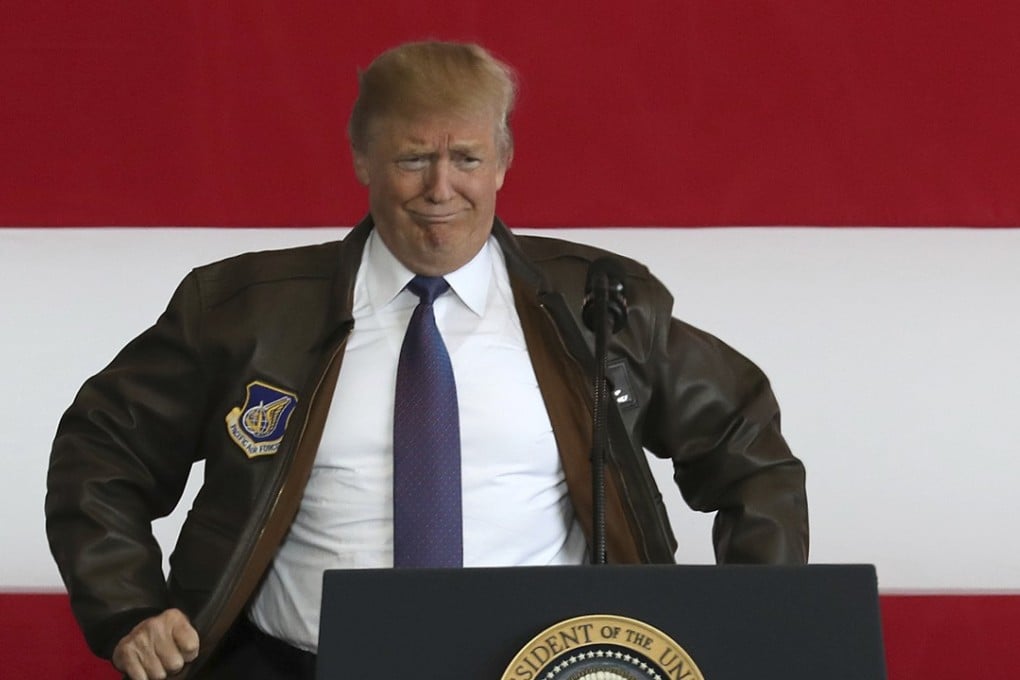Why is the US calling Asia-Pacific the Indo-Pacific? Donald Trump to ‘clarify’
Washington’s envoy in Tokyo promises explanation by the end of the president’s tour of Asia, amid speculation America hopes to revive four-way alliance with Japan, Australia and India to counter a rising China

Trump had discussed the Indo-Pacific “concept” with Prime Minister Shinzo Abe, ambassador William Hagerty said following the president’s two-day Japan visit, adding it was too early to draw conclusions on the reasons behind its use.
What to expect from US President Donald Trump’s visit to Asia
The use of the term was a departure from language employed by previous administrations, and has led to speculation that it could have to do with Washington softening the ground for a revival of the so-called Quadrilateral strategic alliance consisting of the US, Japan, Australia and India to counter China’s rise.

US and Japanese officials have said a comeback may be on the cards for the grouping.
A Chinese foreign ministry spokesman responded by cautioning that the alliance should not target a “third party”.
“When we talked about the Indo-Pacific region, when the prime minister and President Trump talked about that, we mentioned a number of countries that are involved in that region but we did not mention them in the specific quadrilateral structure or framework,” Hagerty said in a phone interview debriefing regional journalists about Trump’s visit.